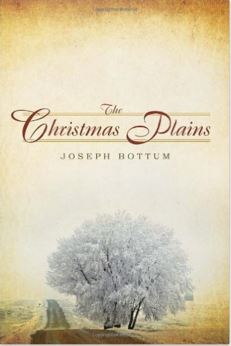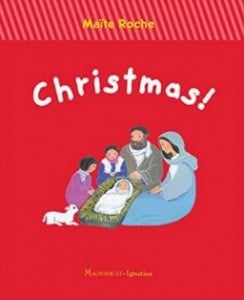Now after Jesus was born in Bethlehem of Judea in the days of Herod the king, magi from the east arrived in Jerusalem, saying, “Where is He who has been born King of the Jews? For we saw His star in the east and have come to worship Him.”
–Matthew 2:1-2
 Q: What do you know about the Magi?
Q: What do you know about the Magi?
If you answered that they were three wise men from the East named Balthazar, Gaspar, and Melchior, think again: All that may be about to change!
That’s because an ancient document from the Vatican Archives, uncovered just a few years ago and recently translated from the original Syriac, casts new light on the Nativity story and on the Three Wise Men.
Brent Landau, professor of religious studies at the University of Oklahoma, spent two years translating the document from the Syriac language. He has just published The Revelation of the Magi, which Professor Landau believes to be a firsthand account of their journey to pay homage to the Christ Child.
The fragile manuscript is actually an eighth-century copy of a story which was written down hundreds of years earlier, less than 100 years after the Gospel of Matthew was written. Matthew, in his Gospel, gives a very brief account of the Magi’s visit; but the newly released document goes into much greater detail, even differing on some major points.
IMPORTANT DIFFERENCES
Who Were The Magi? – According to the recently translated The Revelation of the Magi, they were descendants of Seth, Adam and Eve’s third son who was born after Cain slew Abel. They belonged to a religious sect which engaged in rituals and silent prayer.
Origin – It’s long been believed that the Magi originated from Persia; but according to The Revelation, they traveled a much greater distance—originating in the ancient kingdom of Shir, now associated with ancient China. The manuscript describes in detail a sacred mountain, and a sacred spring where a ceremony of purification was conducted.
Number – Although Matthew’s Gospel doesn’t say how many Magi made the trip to worship the newborn Child Jesus, tradition has held that there were three wise men—most likely because Matthew names three gifts (gold, frankincense and myrrh). According to Landau’s The Revelation of the Magi, however, there were many more—perhaps scores of Magi who made the trip.
What They Saw in the Star – But the biggest news of all is the manner by which the Magi actually saw the Child. Matthew talks about the visitors but stops short of explaining just how they came to worship Him. A beloved tradition emerged, showing the Wise Men bowing, entering the humble stable where the Christ Child was laid; but many scholars believed that the Holy Family had already fled to Egypt to escape Herod, and that it was in Egypt that the meeting actually occurred.
According to Professor Landau, though, what the Magi saw was the Star itself. “It transformed into a small luminous human being,” he said, “who was Christ Himself in a pre-existent, celestial form.
“It is saying that Jesus Christ and the Star of Bethlehem are the same thing, and Jesus Christ can transform himself into anything.
“The star guides them to Bethlehem and into a cave where it transforms into a human infant who tells them to go back and be preachers of the Gospel.”
Well, now. Professor Landau is right, of course—Jesus can do anything. This story, though, is so far afield from anything we’ve heard in the Scriptures these last 2,000 years.
Could it be true? I suppose.
Do I believe it? I don’t know.
Salvation history is replete with encounters and anecdotes, familiar stories we’ve come to know and love. This one is different in that it presents facts and details that have never before been expressed. As far as I can tell, there is nothing in the story that negates any part of Scripture. Instead, it would seem to enhance the Nativity scene with new and rich details.
But it will not be you or I who make the decision whether to accept the document as legitimate. The archeologists will continue to study and confirm the authenticity of the parchment itself; and Vatican theologians will eventually confirm whether there is anything in The Revelation of the Magi which specifically contradicts the Scriptures, thereby rendering it not to be believed.
Let us take our cue from Mary, the Mother of God. Let us wait, pondering these things in our hearts.











